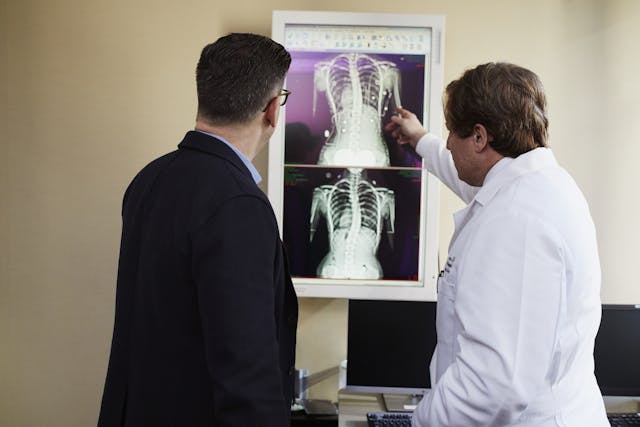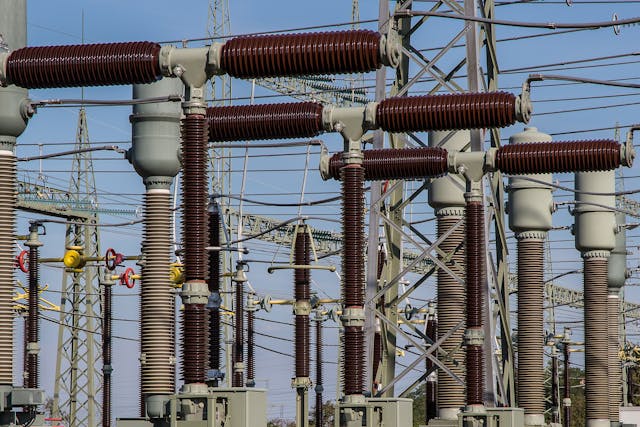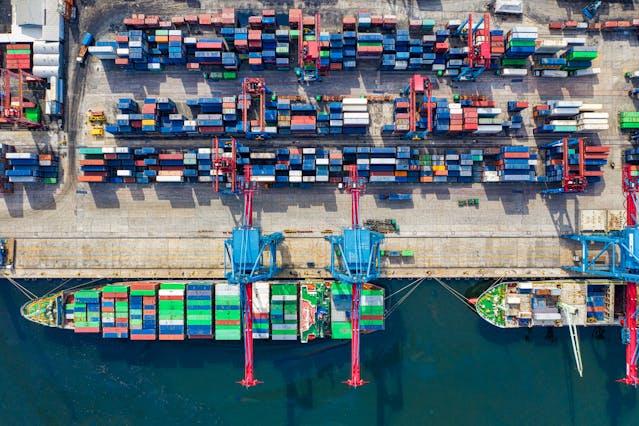Computer vision applications have a significant role in the future of connectivity and integrated solutions. Businesses are already working on computer vision for facial scanning, driverless vehicles, and medical diagnosis purposes. In the future, we would be using integrated computer vision in our everyday lives.
A range of tasks can be performed using computer vision, such as identification of specific objects, detection within a larger frame, and verification using algorithms. Technologists can develop applications that can perform pedestrians walking scanning, traffic flow analysis, X-ray analysis, manufacturing quality control, etc.
What does the future of computer vision hold for us?
Computer vision algorithms can have a significant role in our every day lives, as technology becomes more interconnected and analysis driven. We can improve a range of processes and practices through computer vision, making our lives more optimized for the future.
Integration of digital and physical
While earlier technologies may not have been fully able to connect the digital and physical realms, computer vision can help us reach that future set point. We can integrate more applications into the real world through computer vision.
Improved tech innovation
There are new areas of innovation introduced through computer vision. We can now imagine new ways of processing real time data that can revolutionize computer vision-driven value. Businesses will be adding new technical solutions to make computer vision a reality in the future.
Enhancement in medical sector
From better diagnosis to post-care treatment analysis, computer vision can improve effectiveness and tracking capabilities. Medical firms will be able to integrate data-centres that can process patient data through visual analysis and prepare the appropriate treatments.
Improved transportation
With driverless cars, enhanced traffic flow systems, and pedestrian tracking, transportation for both logistics and everyday drivers will be improved. The future is increasingly more integrated with data helping traffic flow smoothly across busy sectors.
Integrated consumer experiences
We've already explored the magic and charm of the Apple Vision Pro and how it continues to push the boundaries of computer vision. You can expect more experiences that are similar to the Vision Pro, when it comes to integrated computer vision-driven applications.
Let's explore the computer vision applications of the future
There are several applications of computer vision techniques, that integrate artificial intelligence, visual data learning, object detection, and image processing. Computer vision work is complex and integrated, which means that the future of computer vision tasks is multifaceted.
Manufacturing
Within the manufacturing domain, computer vision will be able to optimize the production line through inspection, personnel detection, and safety analysis. Algorithms will be able to pick up on specific instances wherein there could be risk-driven issues or improve sites that aren't optimized fully.
Object detection and verification will be given a significant amount of prominence in the future, improving processes such as inspections, site repairs, and training. Businesses can already start to implement vision applications that can enhance operational processes.
Agriculture
Crop analysis, lifecycle tracking, site inspections, and plant life enhancement, will be the focal points of the future of agriculture. The analysis of large-scale crop zones can help improve output and reduce the risk of decay or plant degradation.
The analysis of plant diseases spreading will also help farmers reimage the future. Farming organizations can improve plant lives and yields with computer vision tracking, detecting, and helping removing the diseased crop batches.
Retail & Services
Retail & services firms can integrate a computer vision system that can leverage machine learning to process large quantities of data. Retailers can integrate computer vision in the future for self-checkouts that work seamlessly.
Real-time tracking of consumer habits, trends, and psychological parameters can be done through computer vision. Businesses can integrate computer vision with AR/VR to create new experiences for customers for brand recognition, recall, and positive sentiment generation.
Healthcare
X-ray analysis, CT scan image processing, and other diagnostics technologies can be future innovated through computer vision applications of the future. Patients would be scanned upon entry, diagnosed, and provided treatment protocols through a much more integrated healthcare system.
Healthcare facilities can also add computer vision to process claims, detect discrepancies, improve staff output, ensure medical tools availability, and optimize emergency room effectiveness. This can significantly reduce risk, improve lives, and help doctors & nurses treat patients with more information.

Energy
The energy and utilities sector is set to benefit significantly from computer vision applications. At the plant site, inspection, security, personnel detection, and intrusion analysis will be performed much faster than current rates.
Energy production and power line optimization can also be done through computer vision in the future. Inspection specialists can check for faults and power outage risk zones through physical inspections that are supplemented with computer vision.

Security
Two major goals within the security domain will be focused on in the future through computer vision based systems. Combining convolutional neural networks with real time processing can improve perimeter securing.
You can also improve real-time intrusion detection and processing through image and video data analysis. Facial recognition and human vision augmentation can help security personnel with understanding potential sites of attack.
Supply chain & logistics
There are several supply chain and logistics challenges which can be addressed in the future with computer vision. You can improve tracking of packages and large-scale shipments through visual processing which can expedite movement through different regions.
Fleet tracking, inspections, personnel detection, and security assessments can be performed through seamless integrations and real-time applications. The entire value chain of the logistics sector, from warehousing to delivery, can be organized and analysed.

Understanding the types of vision algorithms for the future
The computer vision application is tasked with identifying, detecting, understanding, and analysing a range of objects in the physical domain. You can leverage the computer vision technology for a range of end-goals that have a specific objective within the computer vision systems framework.
Identification
Algorithms such as SIFT and SURF have been used widely to identify specific objects within a picture, video, or real-time image.
Detection
Detection is a specific type of algorithm that is focused on finding the specific object with regards to its location.
Classification
You can have predefined classes within the algorithm that can help the program define the specific class within which the object belongs to.
Segmentation
The pixels belonging to the object can be identified within this algorithm.
Recognition
The multiples of objects and their locations can be processed using this algorithm.
Verification
Finding the object within the real-time image or video can be done through the verification algorithm.
Landmark detection
The specific key points for the object in the image can be found with this algorithm.
Conclusion
With the computer vision market set to grow at a 7% CAGR from 2022 to 2030, there is significant scope for exploration of use-cases. The technology is driving tangible and measurable results for manufacturers, retailers, automotive enterprises, and more.
Businesses are seeking out applications based on computer vision to help innovate further and provide better technical solutions. They're driving results based on speed of analytics and real-time understanding of the physical world.
There is significant scope in the future for all industries to explore computer vision to revolutionize their practices. From small manufacturers to improve their production to larger data centres to provide better site inspections, there are several use-cases that can improve operational excellency.